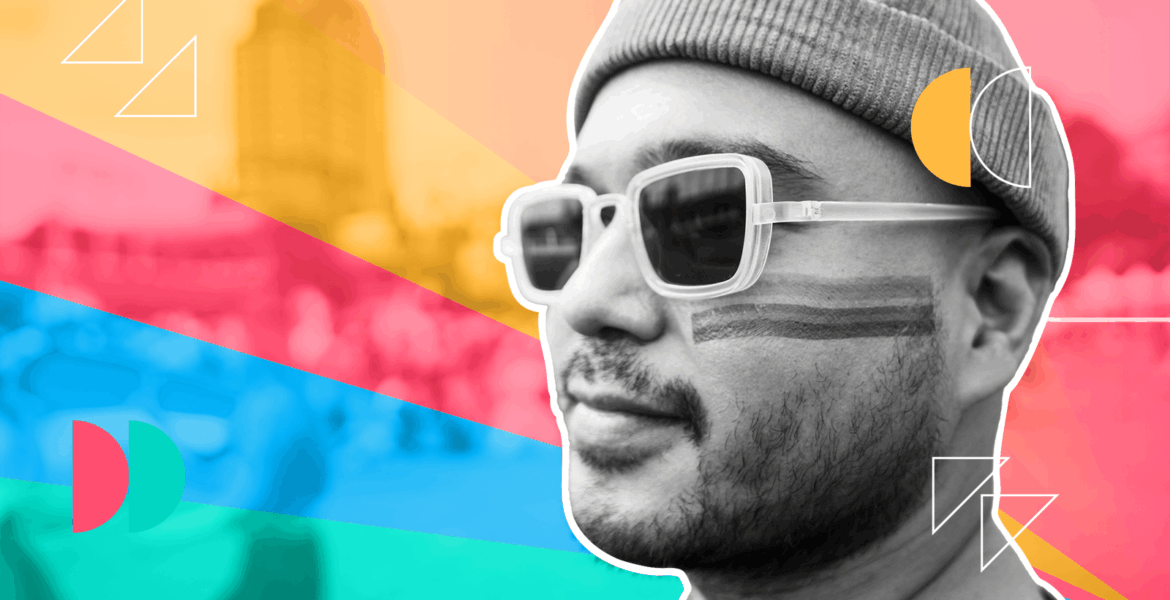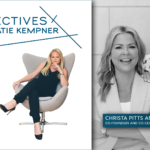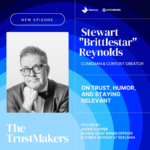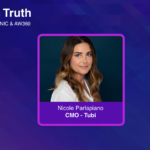By Graham Nolan, Co-Chair, Storytelling and Partnerships, Do the WeRQ
Talking with agencies, brands and holding companies over the last five years, I find their LGBTQ+ employee resource groups share similar, broad goals: Recruit/retain queer talent. Create Pride events. Develop internal programming. Craft campaigns, if they have bandwidth.
Now consider that there are likely dozens – if not hundreds – of adland ERGs, all working on these same challenges, outside their standard marketing expertise, usually focused on improving only their own companies.
This industry approach leads to lost potential – if you understand that diversity and equity aren’t areas where companies have to compete. The entire industry benefits when it’s more inclusive. Being an agency with an inclusive culture, dress code and bathroom policies won’t be the things that win your pitch, so when you have supportive practices – why not share them?
Cornett sharing their dress code policy with the world doesn’t dim the shine of their campaign. Conversely, it doesn’t hurt an agency to borrow another agency’s policy. I can see why Holding Company A wouldn’t publicly brag about borrowing queer-inclusive HR policy if Holding Company B shares that policy publicly, but why wouldn’t A imitate it, and offer it to their network agencies as a framework for policy-building – versus starting from scratch to determine new policies themselves? Neither company would lose any money in the process of making life better for all ad talent.
The overall problem with everyone trying to fix all these broad problems, for all LGBTQ+ people, in their own overworked siloes, is the “boil the ocean” hassle of it all. And a lot of agencies and brands intent on supporting LGBTQ+ progress don’t know where to start.
“Do I have a right to be in Pride? Is Pride the right focus? Would I receive backlash? If my company doesn’t deliver DEI perfectly, can we jump in without having fixed all our policy imperfections? Is it a cultural fit for us to support trans people or drag queens, if we don’t knowingly spend with those communities in our business operations?”
The truth is: aggregate progress will boom when everyone does their part – taking incremental, specialized steps for the greater, non-competitive good.
For those ready to commit to progress – during a four-year period where it will be sorely needed – the most important thing you can do is determine what piece of collective progress you can own, then share it like never before. Doing so will actually advance your competitive position, btw.
Here, steps you can take to shift from generalized, siloed effort towards specific, shared impact.
Build on What Your Brand Is
Versus tackling the broadest challenges of the community, determine your position in the market and apply that strength to incremental and achievable goals. I am picking agency brands at random for my hypotheticals, but:
- GSD&M builds First & Only Brands. So why not start a program that celebrates First & Only LGBTQ-owned brands? Perhaps a report, or grant?
- A second value of Mischief @ No Fixed Address: “Indifference is the enemy; The riskiest thing we can do is be ignorable.” Seems like that’s an agency that could create a campaign designed to make people realize they can’t be indifferent to queer creativity.
- Essence Mediacom is a “breakthrough for brands in the new communications economy.” That’s a team that can help bi voices breakthrough to platforms where there’s no out, bi talent.
Your taglines are creative briefs. If everyone fulfills their brief and shares the products of their efforts, we all win. Imagine if no agency had to handle the ideas listed here, because they were delivered by three companies just doing what they do best?
Determine What Community You’ll Benefit
Your employees are a huge reason you contribute to LGBTQ+ causes, and they’re engaged by opportunities to support consumers and communities – which also leads to business growth.
Of course, with the right brief and long-form content budgets, you can speak to the full range of people in the LGBTQ+ community. Cann did. But speaking to any one letter in the community can be very nuanced – making campaigns for the whole community an effort that requires focus and mindfulness.
If you can impact the entire LGBTQ+ community and their allies, go for it. But if your agency works on mostly tech brands, maybe you’re best positioned to help LGBTQ+ trying to change the tech space; partner with Out in Tech or Lesbians Who Tech. You’re a production agency? Team with marginalized content creators. Give a studio and stage to Trans voices who would make best use of the boosted signal amid the political noise. You’re an agency wary of politics – but you already have a cause, like supporting the unhoused? Great. Just extend to a charitable organization for the disproportionate amount of displaced LGBTQ+ people.
Determine What Sharing Looks Like
So, you’ve determined an approach and a community for your contribution. Now, how will you share it with the world?
If it’s a campaign, how will you share lessons afterwards? How will you invite communities into the experience, so they benefit? What shareable data do you have, either informing the experience or resulting from it?
This kind of community contribution is where PR efforts and horn-blowing are warranted. Broad announcement of what you’re sharing allows it to be accessed, while making clear that committed action is worth celebrating.
That’s how real change happens. It’s incremental, targeted, aggregated. But in determining what you should do, look at where your team already excels.











